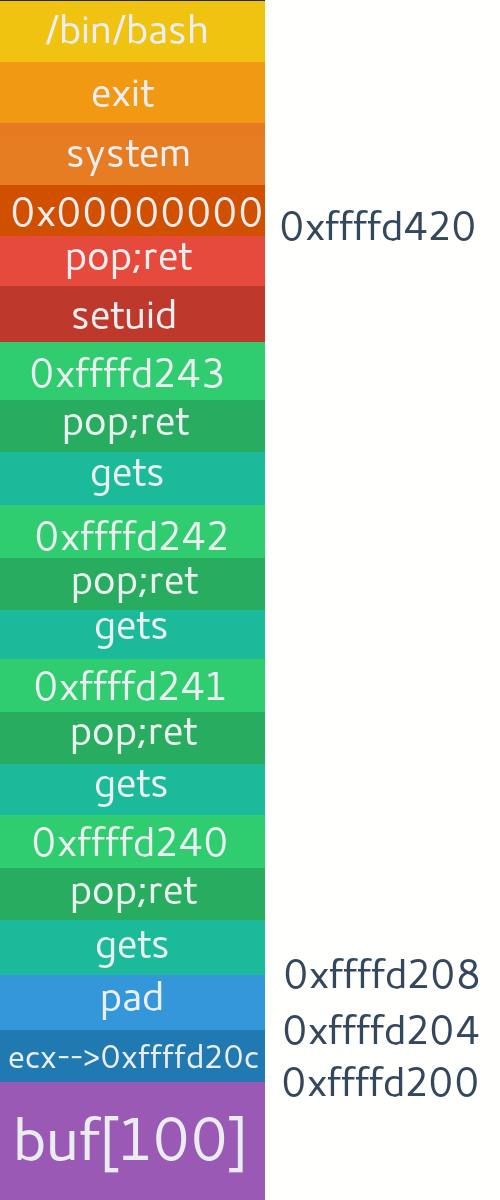Interacting With Ports And Exploitation
Hey guys. Today we're gonna go more deep into ports. How it help in connecting client and server and how we can interact with them. We will be using Netcat for this purpose and make sure you have installed it you system. And I suggest you to read basic articles on networkingto build a good base. So what ports are basically? They act as a door behind which a specific service is listening for connections or you can say packets. Let’s get more deep. The internet works on client-server model. One provides services and one takes it. So you need to connect these to in order to exchange information. There connection can be called a socket connection. For proper connection you'll need destination IP, destination port, source IP, source port, and protocol. If you've read our previous articles you know what’s an ip and a port. Let’s revise. Ip acts like an address and port verifies that packet is reached to appropriate receiver. What’s protocol? Protocol is the set of rules over which the communication will take place. Eg. TCP, UDP, HTTP, SMTP etc. If all conditions meet then both client and server have setup a connection and they can exchange information. Let’s look at the sockets now. First a server socket. When a program wants to provide service. It'll bind its service to a port and the client can connect to it in form,
p:port serv_addr.sin_family = AF_INET;
serv_addr.sin_addr.s_addr = htonl(INADDR_ANY);
serv_addr.sin_port = htons(5000);
bind(listenfd, (struct sockaddr*)&serv_addr, sizeof(serv_addr));
listen(listenfd, 10);
server.sin_addr.s_addr = inet_addr(" 1.2.3.4");
server.sin_family = AF_INET;
server.sin_port = htons( 5000 );
connect(sock , (structsockaddr *)&server ,sizeof(server);
nc -vv -l -p 5000 -e /bin/bash
nc -vv 127.0.0.1 5000nc -vv ip portGET /index.php / HTTP/1.1









Comments
Post a Comment